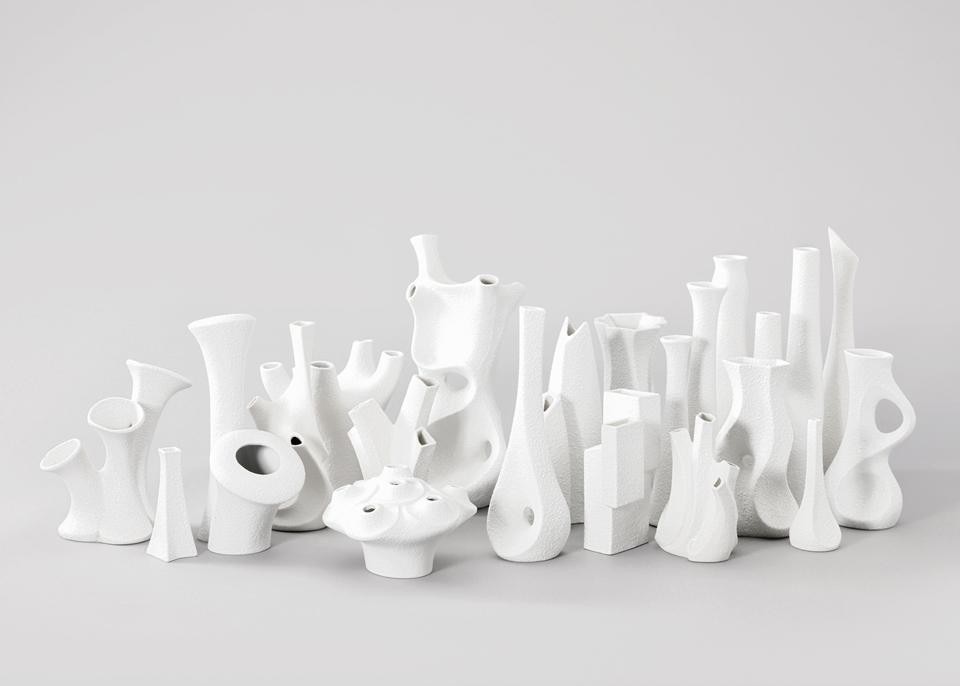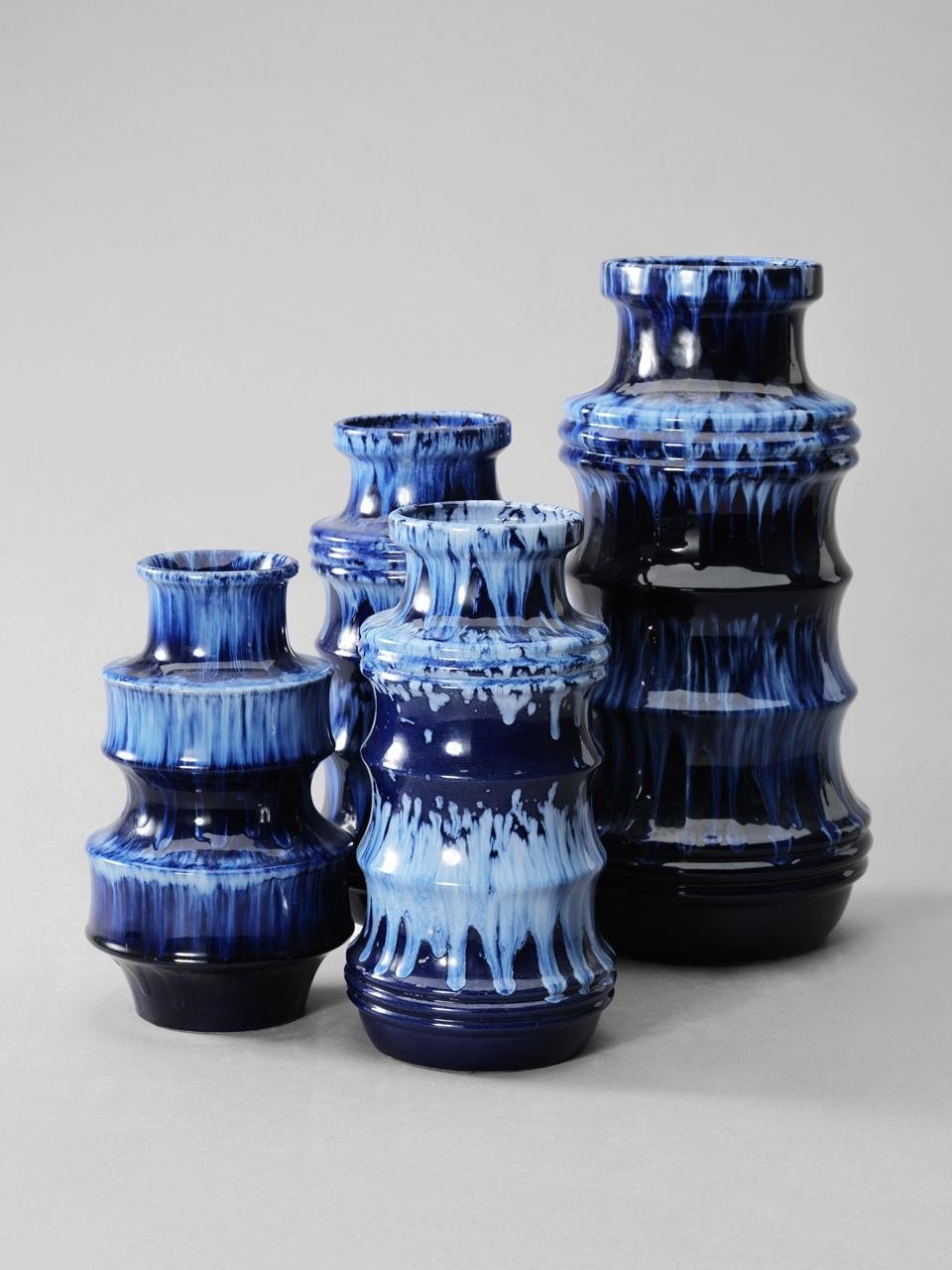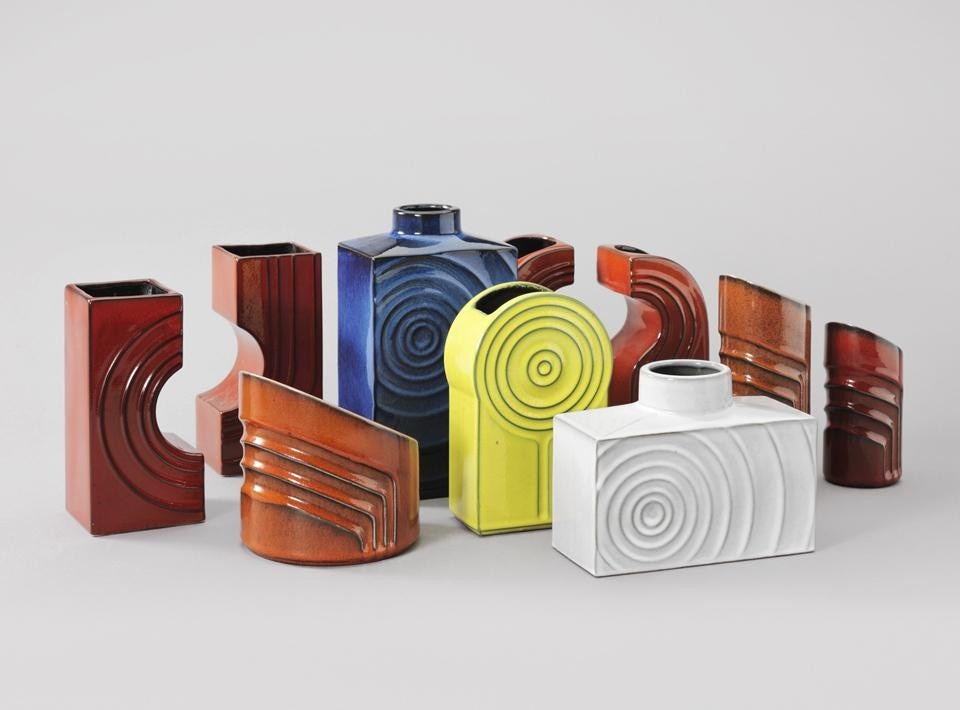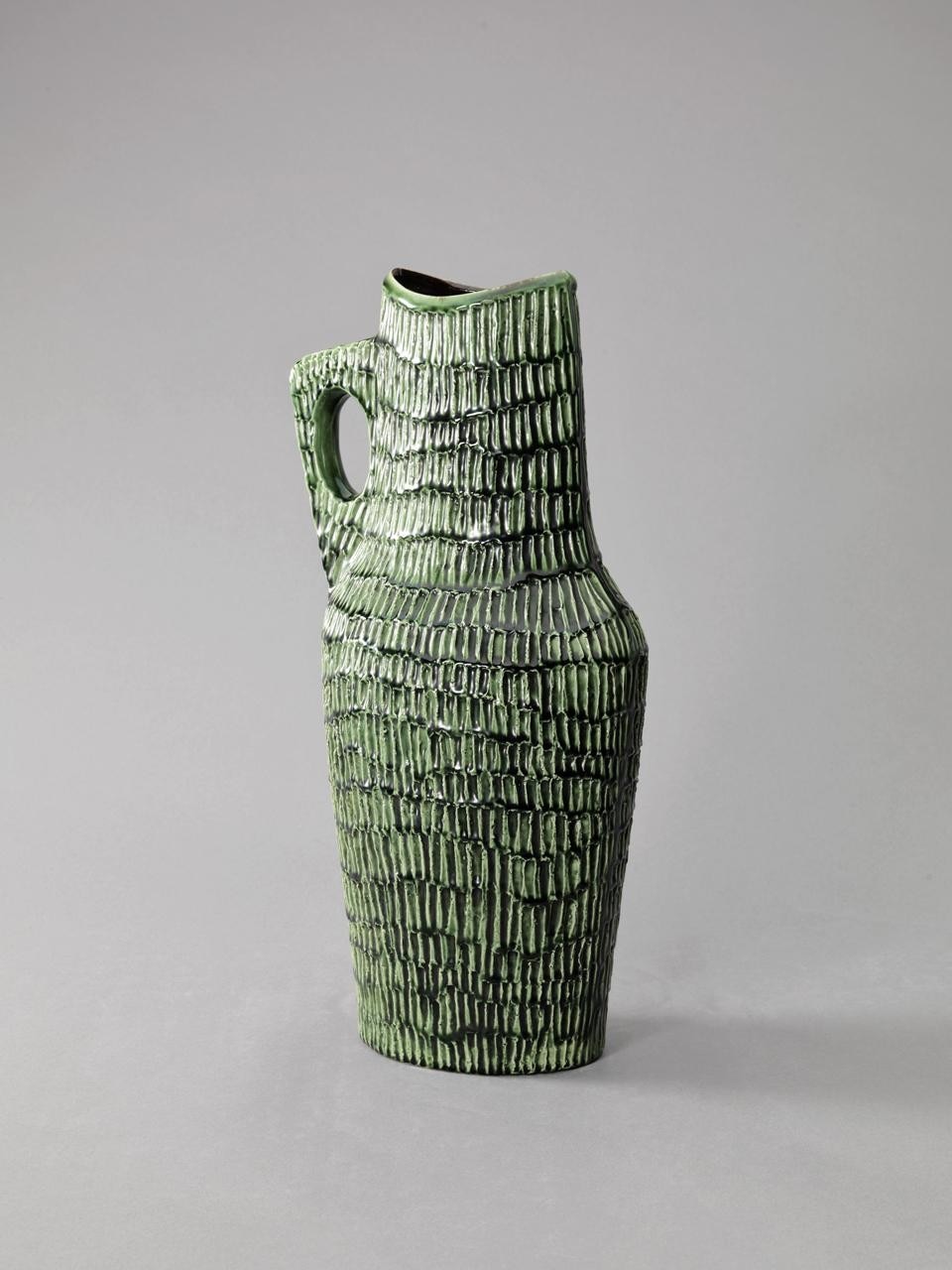To judge the quality of ceramics, it is usually necessary to pick up the artefact and, after having appreciated its form, turn it over perhaps to verify its author, trademarks and/or manufacturers. This is done with the most ancient and valuable Chinese vases as well as with products from Picasso to Greyson Perry. More often, from Sevrès to Vallauris, one can appreciate the materials used and the specificity of textures, even in the highly competitive production from the postwar years until the 1980s in the two Germanies, whether regarding anonymous or renowned designers. For at least a decade, ceramics has again become, in contrast with its classical nature, a new medium that is at the center of the attention of contemporary art and its market.



Ivo Bonacorsi


